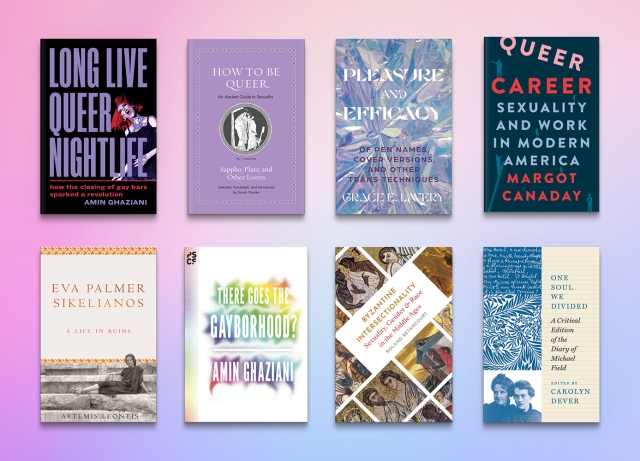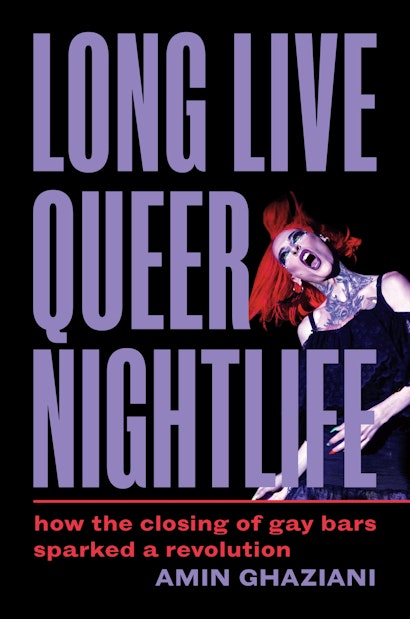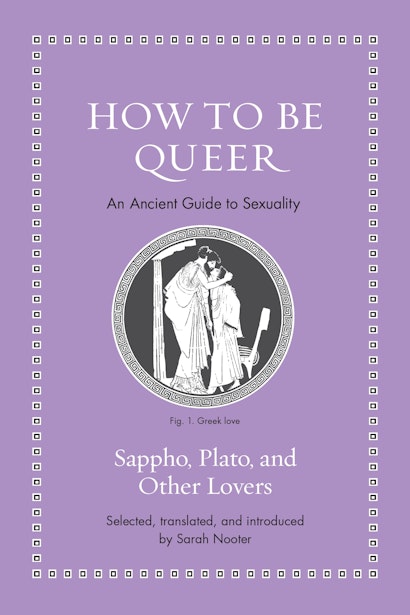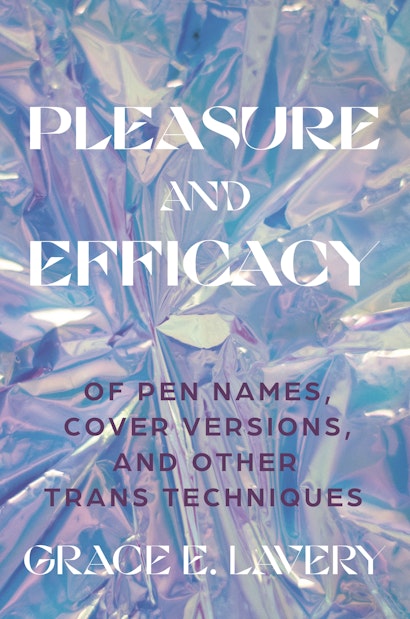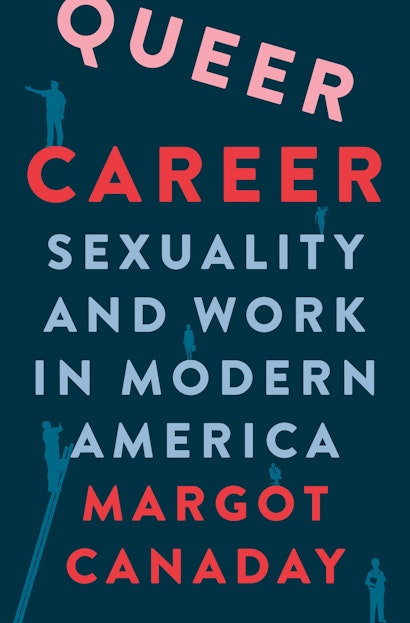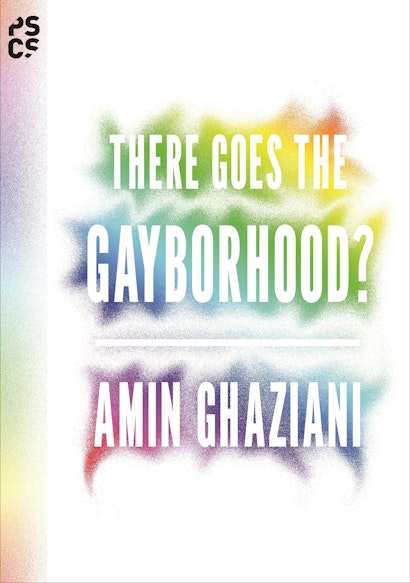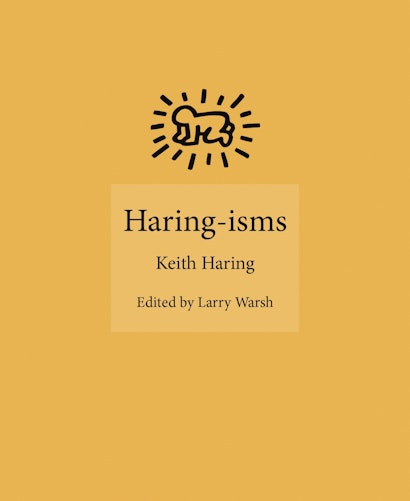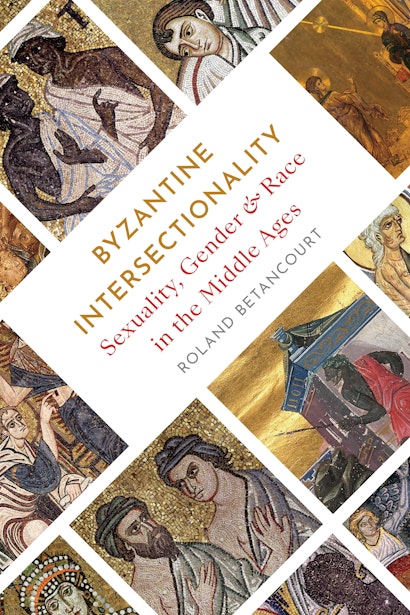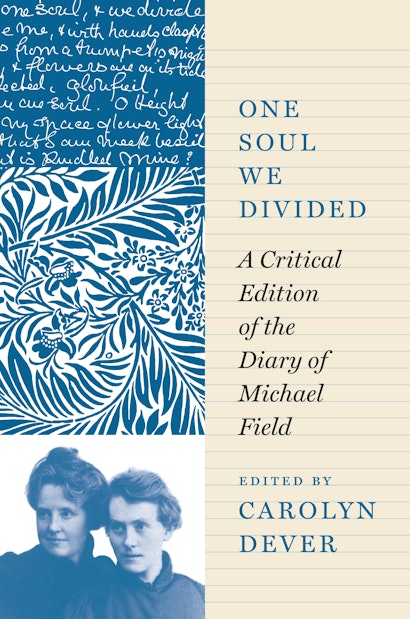The first Pride marches were held in June, 1970 on the one-year anniversary of the Stonewall Riots, and over the decades that followed, June has become a month dedicated to celebration and commemoration. Celebrate Pride throughout the year with this diverse collection of books exploring LGBTQ+ issues and perspectives.
In this exhilarating journey into underground parties, pulsating with life and limitless possibility, acclaimed author Amin Ghaziani unveils the unexpected revolution revitalizing urban nightlife. Far from the gay bar with its largely white, gay male clientele, here is a dazzling scene of secret parties—club nights—wherein culture creatives, many of whom are queer, trans, and racial minorities, reclaim the night in the name of those too long left out. Episodic, nomadic, and radically inclusive, club nights are refashioning queer nightlife in boundlessly imaginative and powerfully defiant ways.
The idea of sexual fluidity may seem new, but it is at least as old as the ancient Greeks, who wrote about queer experiences with remarkable frankness, wit, and insight. How to Be Queer is an infatuating collection of these writings about desire, love, and lust between men, between women, and between humans and gods, in lucid and lively new translations. Filled with enthralling stories, this anthology invites readers of all sexualities and identities to explore writings that describe many kinds of erotic encounters and feelings, and that envision a playful and passionate approach to sexuality as part of a rich and fulfilling life.
In Pleasure and Efficacy, Grace Lavery investigates gender transition as it has been experienced and represented in the modern period. Considering examples that range from the novels of George Eliot to the psychoanalytic practice of Sigmund Freud to marriage manuals by Marie Stopes, Lavery explores the skepticism found in such works about whether it is truly possible to change one’s sex. This ambivalence, she argues, has contributed to both antitrans oppression and the civil rights claims with which trans people have confronted it. Lavery examines what she terms “trans pragmatism”—the ways that trans people resist medicalization and pathologization to achieve pleasure and freedom. Trans pragmatism, she writes, affirms that transition works, that it is possible, and that it happens.
Workplaces have traditionally been viewed as “straight spaces” in which queer people passed. As a result, historians have directed limited attention to the experiences of queer people on the job. Queer Career rectifies this, offering an expansive historical look at sexual minorities in the modern American workforce. Arguing that queer workers were more visible than hidden and, against the backdrop of state aggression, vulnerable to employer exploitation, Margot Canaday positions employment and fear of job loss as central to gay life in postwar America.
This book tells the fascinating story of Eva Palmer Sikelianos (1874–1952), an American actor, director, composer, and weaver best known for reviving the Delphic Festivals. Yet, as Artemis Leontis reveals, Palmer’s most spectacular performance was her daily revival of ancient Greek life. For almost half a century, dressed in handmade Greek tunics and sandals, she sought to make modern life freer and more beautiful through a creative engagement with the ancients. A brilliant and gorgeous New York debutante who studied Greek at Bryn Mawr College, Palmer rejected conventional society to live a lesbian life in Paris before moving to Greece, where she married the poet Angelos Sikelianos and began recreating ancient art forms. Drawing on newly discovered letters and featuring previously unpublished photographs, this is a vivid biography of a remarkable nonconformist whom one contemporary described as “the only ancient Greek I ever knew.”
Gay neighborhoods, like the legendary Castro District in San Francisco and New York’s Greenwich Village, have long provided sexual minorities with safe havens in an often unsafe world. But as our society increasingly accepts gays and lesbians into the mainstream, are “gayborhoods” destined to disappear? Amin Ghaziani provides an incisive look at the origins of these unique cultural enclaves, the reasons why they are changing today, and their prospects for the future.
Keith Haring remains one of the most important and celebrated artists of his generation and beyond. Through his signature bold graphic line drawings of figures and forms dancing and grooving, Haring’s paintings, large-scale public murals, chalk drawings, and singular graffiti style defined an era and brought awareness to social issues ranging from gay rights and AIDS to drug abuse prevention and a woman’s right to choose. Haring-isms is a collection of essential quotations from this creative thinker and legendary artist.
While the term “intersectionality” was coined in 1989, the existence of marginalized identities extends back over millennia. Byzantine Intersectionality reveals the fascinating, little-examined conversations in medieval thought and visual culture around sexual and reproductive consent, bullying and slut-shaming, homosocial and homoerotic relationships, trans and nonbinary gender identities, and the depiction of racialized minorities. Roland Betancourt explores these issues in the context of the Byzantine Empire, using sources from late antiquity and early Christianity up to the early modern period. Highlighting nuanced and strikingly modern approaches by medieval writers, philosophers, theologians, and doctors, Betancourt offers a new history of gender, sexuality, and race.
Michael Field was known to late-Victorian readers as a superb poet and playwright—until Robert Browning let slip Field’s secret identity: in fact, “Michael Field” was a pseudonym for Katharine Bradley (1846–1914) and Edith Cooper (1862–1913), who were lovers, a devoted couple, and aunt and niece. For thirty years, they kept a joint diary titled Works and Days that eventually reached almost 10,000 pages. One Soul We Divided is the first critical edition of selections from this remarkable unpublished work.
